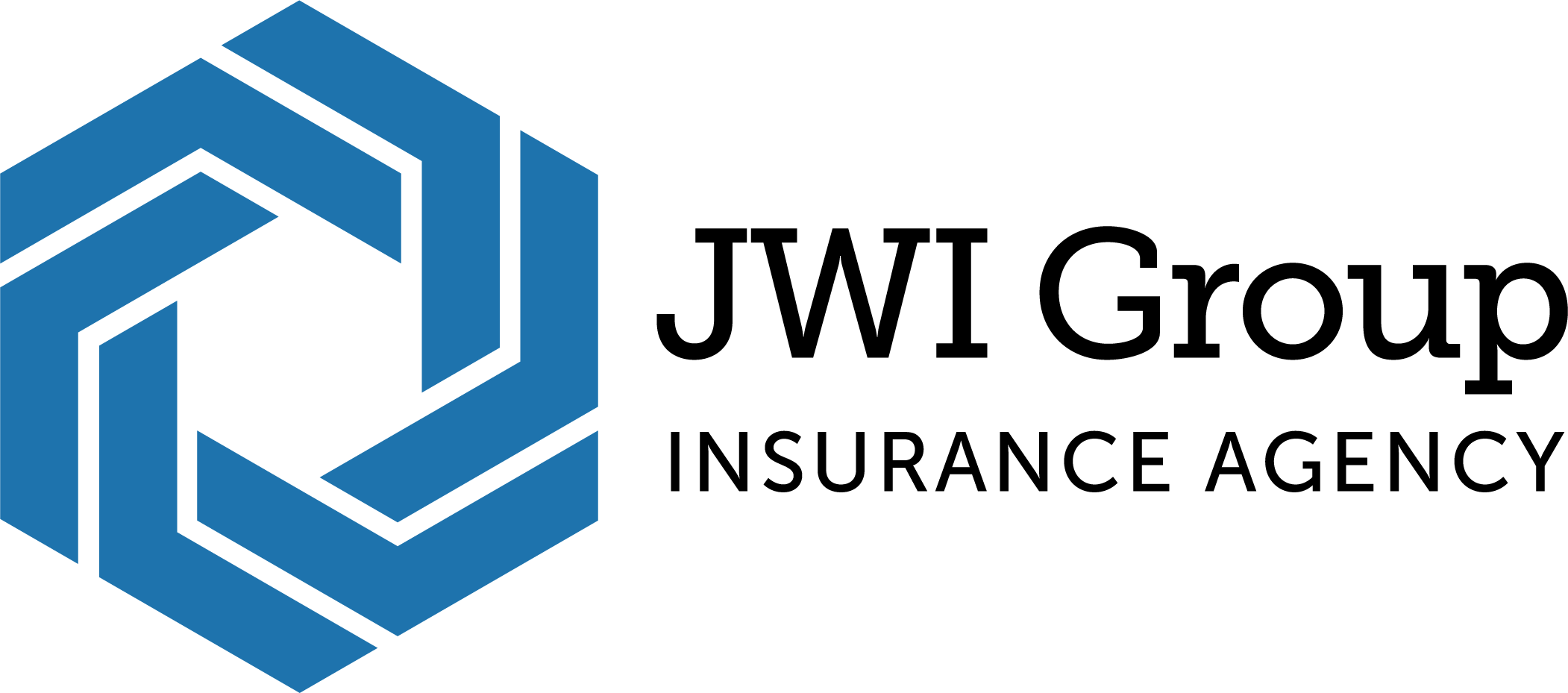Introduction to Homeowners Insurance Coverage
Most homeowners assume they’re fully protected—until they need to file a claim. The truth is, many are unsure what their homeowners insurance actually covers and what it doesn’t. That uncertainty can lead to costly surprises.
This guide explains the core protections in a standard homeowners insurance policy, common exclusions, and optional coverages that can make a major difference during a claim.

The Basics: What’s Included?
Every homeowners insurance policy is a little different, but most standard policies include the following four types of coverage:
Dwelling
This covers the structure of your home—including walls, roof, foundation, and any attached fixtures or systems (like central air or built-in cabinets). If your home is damaged by a covered peril such as fire, wind, or vandalism, this portion pays for repairs or rebuilding.
Personal Property
This covers your belongings, such as furniture, electronics, appliances, clothing, and tools. Items stored both inside and outside your home may be covered, including in a shed or garage. Most policies cover your personal property anywhere in the world—though limits often apply to high-value items.
Liability and Medical Payments
If someone is injured on your property or you accidentally cause damage to another person’s property, your liability coverage can help cover legal fees, medical expenses, and damages. Medical payments coverage is available for smaller injuries regardless of fault.
Loss of Use
Also known as Additional Living Expenses (ALE), this covers temporary housing, meals, and other costs if you need to relocate while your home is being repaired after a covered loss.
Real-Life Coverage Examples
Fire, Theft, Vandalism
A fire in a New Rochelle kitchen damaged the stove, cabinets, and ceiling. Because the homeowners had adequate dwelling and personal property limits, their insurer paid for both structural repairs and replacement of appliances.
In another case, a break-in led to the theft of electronics and jewelry. Standard personal property coverage applied, but a sublimit on jewelry meant the homeowner only recovered a portion of its value. With a scheduled valuables endorsement, that full amount could have been covered.
Water Damage (When It’s Covered vs. Not)
A pipe bursts in a Yonkers basement and floods the finished lower level. Because the water damage was sudden and accidental, the claim was covered.
In contrast, water seeping into a foundation due to poor drainage is generally considered a maintenance issue—and would not be covered under a standard policy.
What’s Not Covered?
Flood, Earthquake, Mold
These are among the most common exclusions in a standard homeowners policy:
- Flooding: Requires a separate flood insurance policy (available through FEMA or private carriers).
- Earthquake: Coverage can be added through endorsement but is not included by default.
- Mold: Often excluded unless it results from a covered peril and is addressed quickly.
Maintenance Neglect
Insurance isn’t designed to cover wear and tear. Damage caused by long-term roof leaks, foundation settling, or rotted wood is typically denied. Homeowners are expected to maintain their properties and prevent avoidable losses.
Optional Coverages to Consider
For added protection, many insurers offer affordable endorsements or riders. Here are a few worth asking about:
Scheduled Personal Property
For high-value items like jewelry, fine art, collectibles, or high-end electronics, this endorsement provides broader protection and eliminates standard sublimits.
Sewer Backup & Equipment Breakdown
- Sewer or sump pump backup coverage protects against costly cleanup and repairs.
- Equipment breakdown covers systems like HVAC, kitchen appliances, and even smart home tech against power surges or mechanical failure.
These options are often overlooked but can provide thousands in value for just a few dollars a month.
Wrapping It Up
Why Clarity on Coverage Matters
Understanding what’s covered—and what isn’t—helps you avoid surprises when it matters most. We recommend reviewing your homeowners insurance annually, especially if you’ve renovated, purchased high-value items, or haven’t updated your policy in more than three years.
✅ Schedule a Policy Review
Let’s walk through your current policy together and make sure you’re protected where it counts.
Click here to schedule your review »
